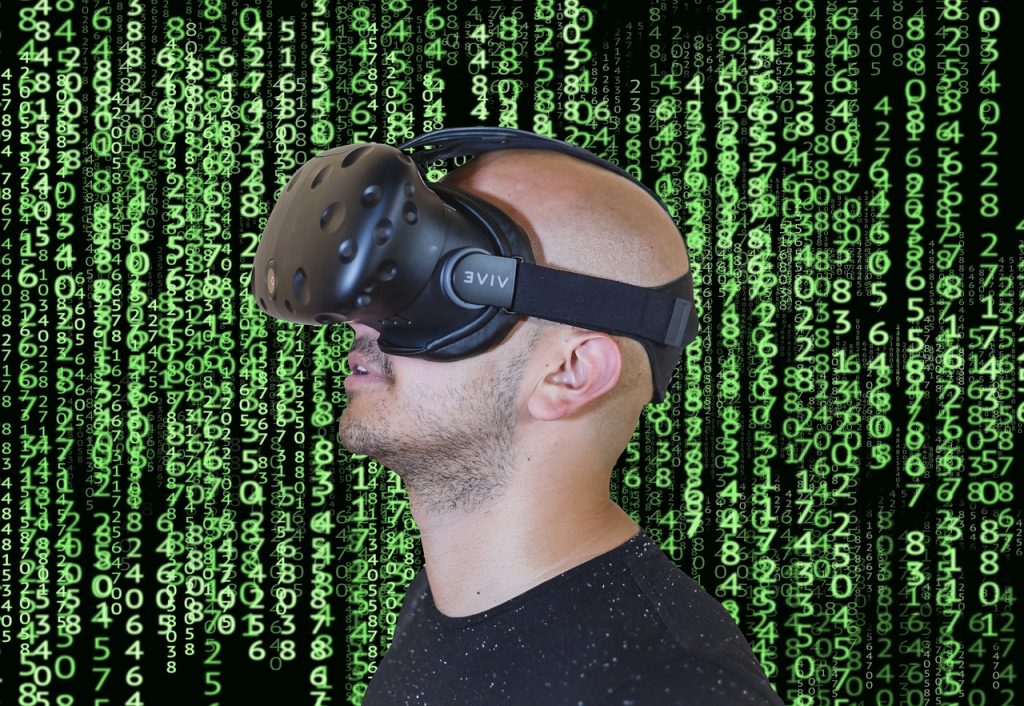Augmented reality is beyond the hype stage. What seemed to be a sci-fi daydream not many years ago is now already a part of how technology giants are visualizing data in ways never explored before. When information is layered on the job being done, the chances of error plummet and levels of quality shoot up. When designers visualize the schematics they’re working on while they’re on the job, they prevent frustrating rework. Engineers can reimagine products when they can experience prototypes in 3D rather than 2D. Instructions, when superimposed on the problem, can facilitate real-time corrections, and that’s what AR does.
Let’s tell you how several AR use cases are in play, and how they’re motivating all kinds of businesses to embrace AR technology.
AR gets attention at exhibitions and trade shows

Trade shows and exhibitions are the perfect playgrounds for augmented reality to come to the fore. A business needs potential customers’ undivided attention to truly impress them. That’s hard to get in a trade show. The solution — augmented reality. With a big screen showing off interesting animations, a few AR headpieces laid on the reception table, and the social proof of some visitors already having a good time with a branded AR experience — you can be sure the attention will be all yours. Here are some ways commonly used by businesses to build up hype and attract attention with augmented reality in trade shows and exhibitions:
- Help shoppers envision how the product will appear when in use.
- Showcase the internal working of the complex machinery.
- Enable shoppers to visualize the product with add-ons/enhancements.
Of course, the same application isn’t limited to exhibition ground. Businesses can easily build up experience centers in their corporate headquarters to make esteemed guests go WOW! Museums, festivals, showrooms, innovation centers — the same application can be extended everywhere.
AR makes complex repair jobs easier
Maintenance and repair of complex equipment and machinery are one of the major pain points of businesses. This also presents one of the most talked-about industrial use cases of augmented reality. From MRI machines to car motors, from working in oil drills to inside an airplane’s belly — augmented reality makes repairs easy, saves time and money, and even saves lives. AR helps repairmen with inputs while they’re on the job, offering deep insights, potential fixes, and guidelines. With rapid advancement within machine-to-machine communications and IoT, the scope of this use case has expanded.
AR in retail and e-commerce

Businesses whose products are bulky and don’t lend themselves to easy transportation have a lot to gain from augmented reality. That’s because it helps consumers “try” the product before placing an order. Consider IKEA’s app (called IKEA Place), which lets users see how the furniture will look in their homes. This eliminates a major portion of the uncertainty and lack of clarity that keeps consumers from purchasing such products. Another use case, mostly on the same lines, is in e-commerce. It’s physically draining and frustrating for consumers to try out many apparel items. Augmented reality helps them see how the apparel would look on them, right from the comfort of their living rooms.
Training and education
Training and education are the foundation of the knowledge economy and augmented reality has a lot to offer here. Let’s consider medical education. Ventures such as the collaboration between Cleveland Clinic and Case Western Reserve health education prove that augmented reality can save thousands of dollars, and save hundreds of hours that would otherwise be invested in traditional training.
Moreover, the experimental 3D holographic anatomy program we’re talking about allowed participants to see virtual cadavers using Microsoft HoloLens, exposing them to a level of detail that’s not practically possible to achieve in traditional training. In the same way, augmented reality can bring quality education and training to knowledge workers, improving the speed to mastery, and enhancing the depth of the training.
Logistics
 Augmented reality is among the most exciting new technologies that promise to play positive roles in entire supply chains. Imagine how error rates could be brought down to a minimum and worker productivity could skyrocket if they could simply wear AR glasses and follow the instructions! That’s precisely what logistics powerhouses like DHL are exploring.
Augmented reality is among the most exciting new technologies that promise to play positive roles in entire supply chains. Imagine how error rates could be brought down to a minimum and worker productivity could skyrocket if they could simply wear AR glasses and follow the instructions! That’s precisely what logistics powerhouses like DHL are exploring.
One of the most talked about use cases is “vision picking” where warehouse workers wear AR glasses to identify vital package information such as weight, destination, and category and can hence reduce the time required in manually reading the information and then sorting packages.
Augmented reality-powered devices can superimpose additional information on packages and help to load crew place packages accurately, as per the truck’s route. AR is also being used by these players to onboard new workers quicker, as they don’t need to be supervised on the job, with AR powered instructions helping them perform their work with utmost accuracy.
Transportation
Augmented reality made a lot of news because of the idea of how it could enable GPS instructions to be superimposed on the driver’s field of view, hence alleviating the need for him/her to look down upon a device. This is not all; there are other equally fascinating applications of AR in transportation:
- Collision avoidance: Computer vision can detect potential hazards much quicker than humans, and can then relay warnings on the driver’s AR glasses, avoiding collisions on road.
- In-building navigation: Malls, schools, convention centers, and hotels could use overlay interior maps and guidelines to make navigation easy for everyone.
- Accident analysis: With point-of-view recording, AR glasses could have a huge role to play in determining the fault of an accident.
Augmented reality: Much more than Pokémon Go

Pokémon Go is all that most people think of when they hear augmented reality. Though the game was a great example of how AR could enhance human experience of technology, it’s a drop in the vast ocean of AR applications. The use cases we’ve discussed in this guide are rapidly maturing into mainstream AR applications.
Featured image: Pixabay



